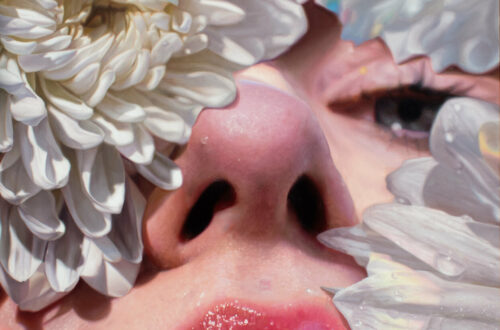Inspired by SINGULART’S recent Children in Art collection in this article we will explore the early lives of four influential artists as they discovered their astonishing talent.
Pablo Picasso
Every child is an artist. The problem is how to remain an artist once we grow up
Picasso certainly remained an artist right up until his death in 1973 at the age of 91. However, as this famous quotation of his suggests his talent for art began in his childhood. His first words were reportedly ‘piz, piz’ (short for ‘lápiz‘ which is Spanish for pencil). From the age of 7 Picasso received artistic instruction from his father an artist named Ruiz Picasso.

When Picasso was 13 Ruiz felt the young artist had surpassed his ability and vowed never to paint again. Ruiz encouraged officials at the academy of the School of Fine Arts in Barcelona to allow Picasso to take the entrance exam for the advanced class. A process that took most students a month took Picasso a week and he was admitted to the school. At 16 Picasso transferred to the most prestigious school in the country, Madrid’s Real Academia de Bellas Artes de San Fernando. Although Picasso disliked formal education and soon stopped attending classes it is evident how gifted the young artist was. Best known for co-founding the Cubist movement he began his artistic education drawing naturalist pieces. Below is his piece The Holy Communion (1896) painted by Picasso at the age of 15.

Edward Hopper

It has recently been suggested that Edward Hopper is the artist of the coronavirus age, born in 1882 the American realist painter was best known for his depiction of the solitary figure, an image which resonates with a world using social distancing to combat a global pandemic. Hopper first began to display artistic flair at the age of 5 and as a precocious child he ensured he signed his artworks from a young age. The image above is an early drawing found on the back of a grade report card dated 23rd October 1891. At the age of 9 it is clear Hopper had already began to draw isolated and pensive characters. Some speculate that his early experience as a tall child who had reached 6 foot by the age of 12 left Hopper feeling ostracized and contributed to the individualistic mindset that would define his work.
Salvador Dali
Born in 1904 in the Spanish town Figueres Salvador Dalí’s early work was greatly inspired by the local Catalan landscape. As the most famous and revered Surrealist artist in history it is perhaps surprising to note that his early works were mostly painted in an impressionist style. Young Dalí attended the Municipal Drawing School in Figueres from 1916 and had his first public exhibition at the Municipal Theatre in Figueres in 1918. Dalí discovered modern painting when on a summer vacation with the family of the artist Ramon Pichot. It was Pichot who convinced Dalí’s father to send his son to the San Fernando Royal Academy of Fine Arts in Madrid which launched the young artist’s successful career.
Angelika Kauffmann

Born in 1741 Angelika Kauffmann was a Swiss Neoclassical painter who, along with Mary Moser, was one of the founding members of the Royal Academy in London in 1768. Kauffmann identified herself as a history painter but is perhaps best known as a highly acclaimed portraitist. As an artist she was highly respected and during her career worked for patrons across Europe, including Catherine the Great. As a child she was quickly recognised as a prodigy, as she painted with a skill far beyond her years (see the 12 year old’s self portrait above). Not only a talented artist Kauffmann was a celebrated soprano and fluent in German, Italian, English, and French before her teens. It is no wonder that as such a talented individual Kauffmann embarked on a career that was highly unusual for a female artist in the 18th century, establishing herself in a movement comprising almost exclusively male artists.












